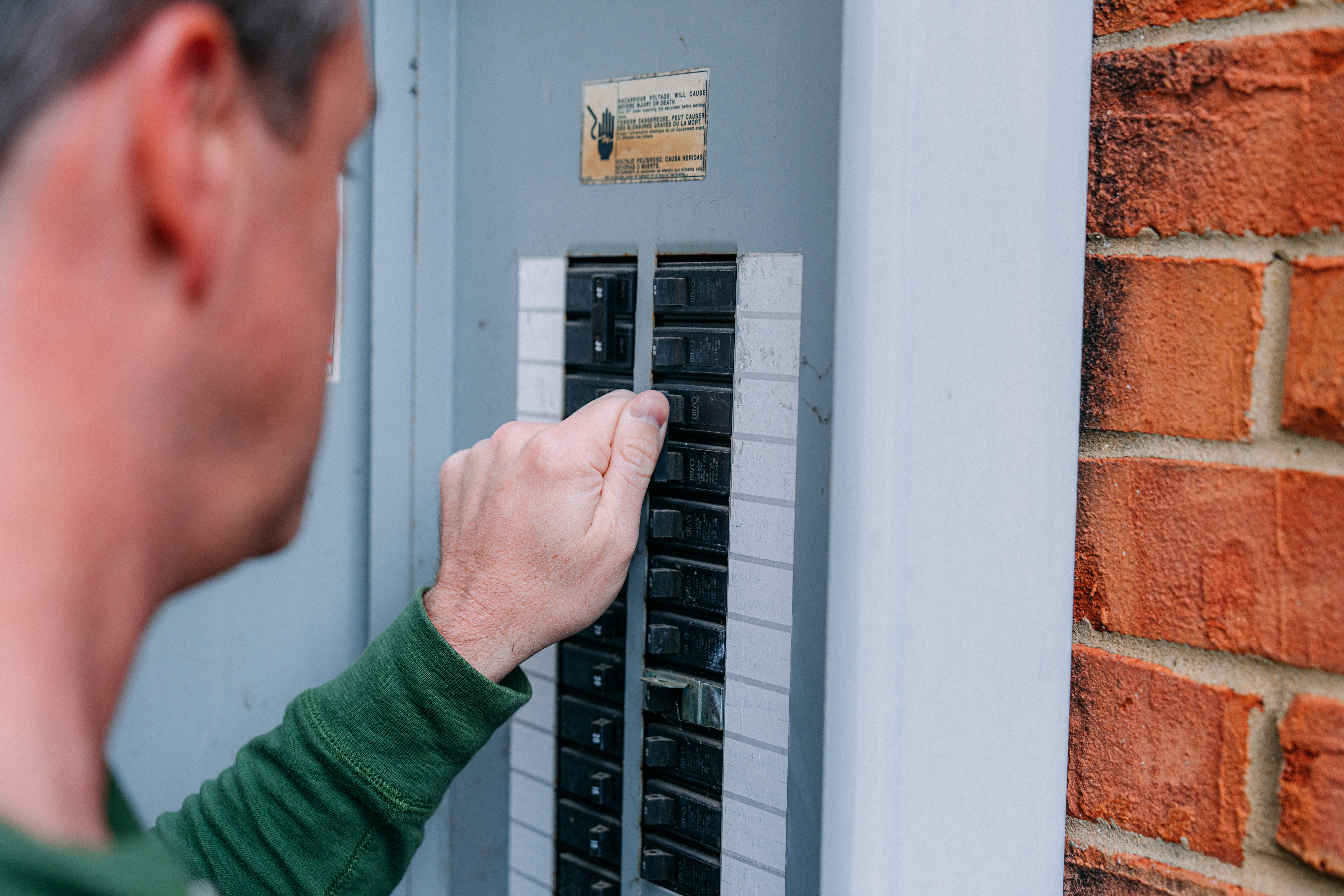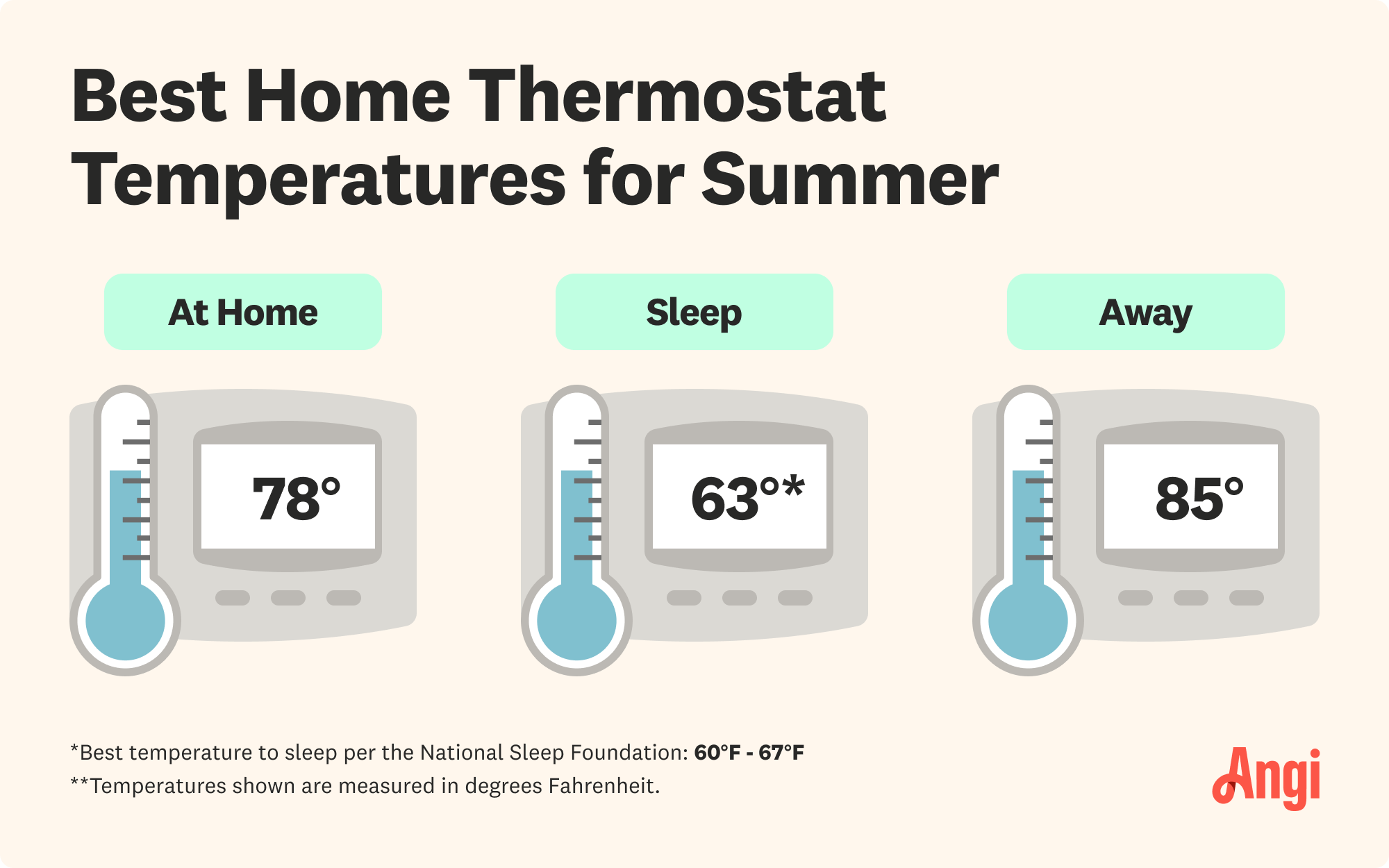
How much does electrical box replacement cost in Columbus, Ohio? Learn why this city may be more affordable and what factors the price.
Turning off your circuit breaker may cause more headaches than it's worth


You should avoid switching off your home’s breakers unless it’s necessary.
Turning breakers off and on too often can cause electrical problems.
A new circuit breaker can cost $500 to $1,800.
It’s not recommended to switch off breakers when you leave on vacation or other extended periods of time.
Wondering whether turning off your breakers will save electricity? The answer is that turning off breakers unnecessarily is not recommended.
While it may seem like a great idea, this isn’t the best way to reduce your home energy usage. Turning off circuit breakers can cause more damage than the potential savings are worth—but luckily, there are other options.

So, does turning off circuit breakers save money and electricity? Although turning off breakers does stop the flow of electricity, when you turn them back on, it can cause a surge of electricity, which can defeat the purpose of turning them off in the first place. Not only that, but it can be harmful to your electrical system to constantly turn breakers on and off.
Circuit breakers aren’t the same as light switches. Though a circuit will trip on its own, the breaker is not made to turn on and off repeatedly. Each time you completely turn off your circuit breaker, it wears down, effectively reducing its lifespan. Flipping breakers may be necessary if you’re trying to fix a power problem, but it’s not ideal for saving electricity.
Since a new circuit breaker costs between $520 to $2,120, you should preserve your existing breaker’s lifespan, which means avoiding switching them on and off more than needed. (However, you should probably replace your breaker if you have a Federal Pacific Electric Breaker.)
So, avoid flipping breakers like burgers and try the following tips instead to cut costs on your electric bill.
If you turn off your main breaker, you risk accidentally cutting off power to essential appliances. Most of us remember to clear out the kitchen fridge, but what about the refrigerator in the garage or your sump pump? Like circuit breakers, some appliances aren’t meant to be turned on and off.
Instead of cutting your power completely, you can save energy by unplugging specific appliances that drain energy even when they’re turned off. Try unplugging so-called “vampire appliances” like televisions, computers, laptops, microwaves, game consoles, Internet routers, and select kitchen appliances (think: coffee makers and kettles).
Additionally, some homeowners prefer to flip off certain circuits rather than the entire main breaker. This ensures that only certain appliances like your stove, washing machine, dryer, or dishwasher are turned off. If you choose this route, make sure you know exactly what devices are connected to which circuit. But remember it’s best to only do this when necessary.

According to the Department of Energy, you can save as much as 10% on cooling and heating usage by adjusting your thermostat back by 7 to 10 degrees from its usual setting for 8 hours per day. So, bump it up during the summer months and turn it down in the cooler months while you're away at work (as long as you don't have pets to keep comfortable) to save electricity and cut costs.
Additionally, you can install a smart thermostat you can monitor from afar, which is an excellent option for when you leave on vacation. So, if the weather gets dangerously cold, you can remotely adjust the thermostat using a mobile app.
Did you know that you could save money on your electric bill by switching light bulbs and lighting in your home? The average household can save as much as $225 per year by switching to LED lighting.
The reason is that LED lights are 75% more energy-efficient than traditional incandescent lights. Not only do they save on energy, but their lifespan is drastically longer, too. LED bulbs can last up to 50,000 hours, while incandescent bulbs burn out at around 1,000 hours. So, while the upfront costs are higher, they save money on your electric bill, and you don’t have to replace them as often.
If you’ve noticed a significant increase in your electric bill and want to find ways to save electricity, then opt for a home energy audit instead of turning off breakers. A professional will evaluate and test various aspects of your home, such as windows, doors, and your HVAC system, to find energy losses. This can typically cost around $400, but can vary depending on the type of audit and size of your home.
Now, if you have an appliance malfunctioning or know of any electrical issues, then you can contact an electrician near you to help diagnose and fix the problem.
Whether you are leaving for the weekend or taking an extended vacation, it’s best to leave your circuit breaker on. Turning them on and off repeatedly can potentially cause fire and decrease the lifespan of your breaker. So, it’s better to use other methods, such as adjusting your thermostat to reduce electric use and costs and skip switching off your breaker when on vacation.
Great Service. They arrived on time, very courteous, clean and completed the work as expected. Would definitely use them for any of my future electrical needs.
Jeff arrived on time and went to work right away. He was able to mount the TV add a new electric receptacle and patch the wall perfectly. Now we have a very professional installation for our TV room. He also hooked up my newly purchased sound bar and speakers to ensure that everything was...
The initial quoted price from a walk-through seemed high, but we discussed that the quote represented worst case scenario (re-wiring to two floors) and we were excited about the opportunity to have the work done in a timely manner with closing for fire safety reasons, etc. When the job was...
Power surges and interruptions are common in St. Lucie West. New refrigerator was sensitive to these and motor would not resume even though fridge was getting power. After losing over $400 of food since it happened while I was away for a few days, enough was enough. I called Coastal Electric...
Jay's offered a great price and the job started off so well. I wanted to remodel the master bath and it was a big makeover to remove the existing tile floor, roman tub, and enclosed shower. I wanted the shower moved to where the tub was and the shower area to be converted to storage. I have...
They did a great job. Would hire them to do more electrical work for us. The owner was polite and very knowledgeable.
I've been around the block myself many times and know most of the lingo, angles, tricks and traps of contracting work on a home. And, I've taken the community school contracting licensing classes and heard contractors discuss openly and candidly trade practices and tales both good and bad. ...
From average costs to expert advice, get all the answers you need to get your job done.

How much does electrical box replacement cost in Columbus, Ohio? Learn why this city may be more affordable and what factors the price.

How much does adding an electrical outlet cost in Columbus? Get details on average pricing, permit needs, and what affects the total cost.

How much does rewire house cost in Columbus? Learn the major factors that impact the price and how it can help increase your home's value.

Wondering how to tell if a circuit breaker is bad? There are several warning signs you should know to help keep your family, home, and electronics safe from shortages and fires. Keep reading to learn the signs to watch out for with circuit breakers.

If your home contains original aluminum wiring, you may want to take action to avoid danger. Learn why aluminum wires are hazardous and how you can address these issues safely.

Discover the electrical outlet repair cost of different outlet types depending on the problem, location, amperage, and other factors.